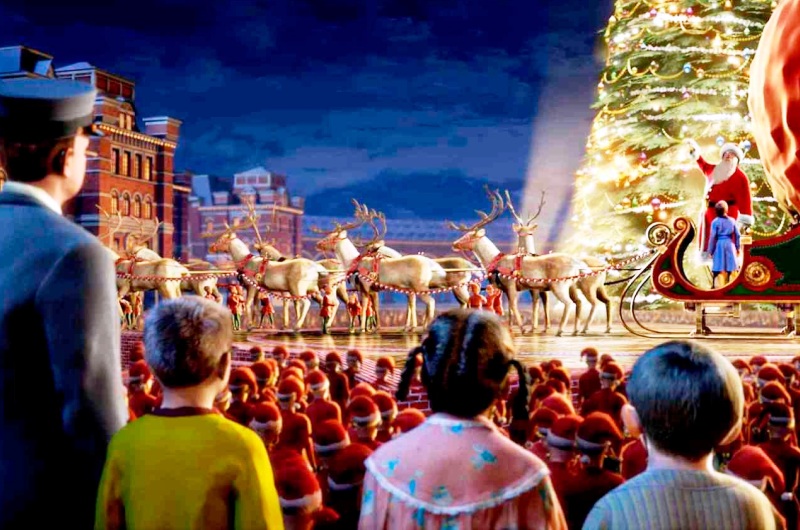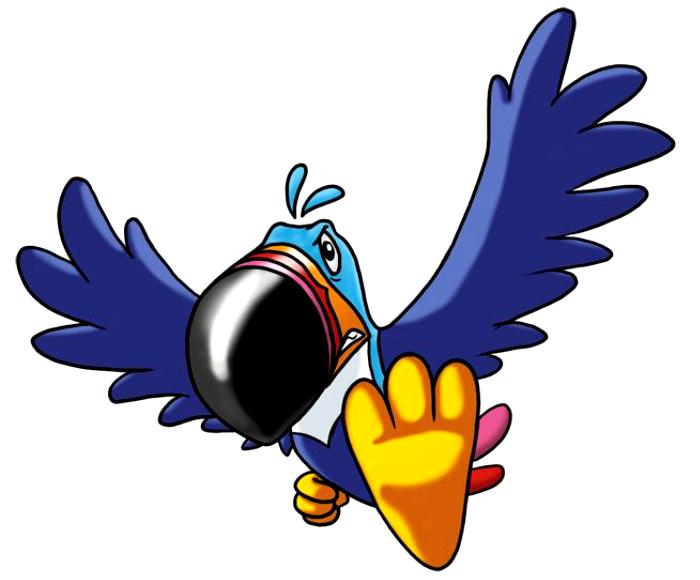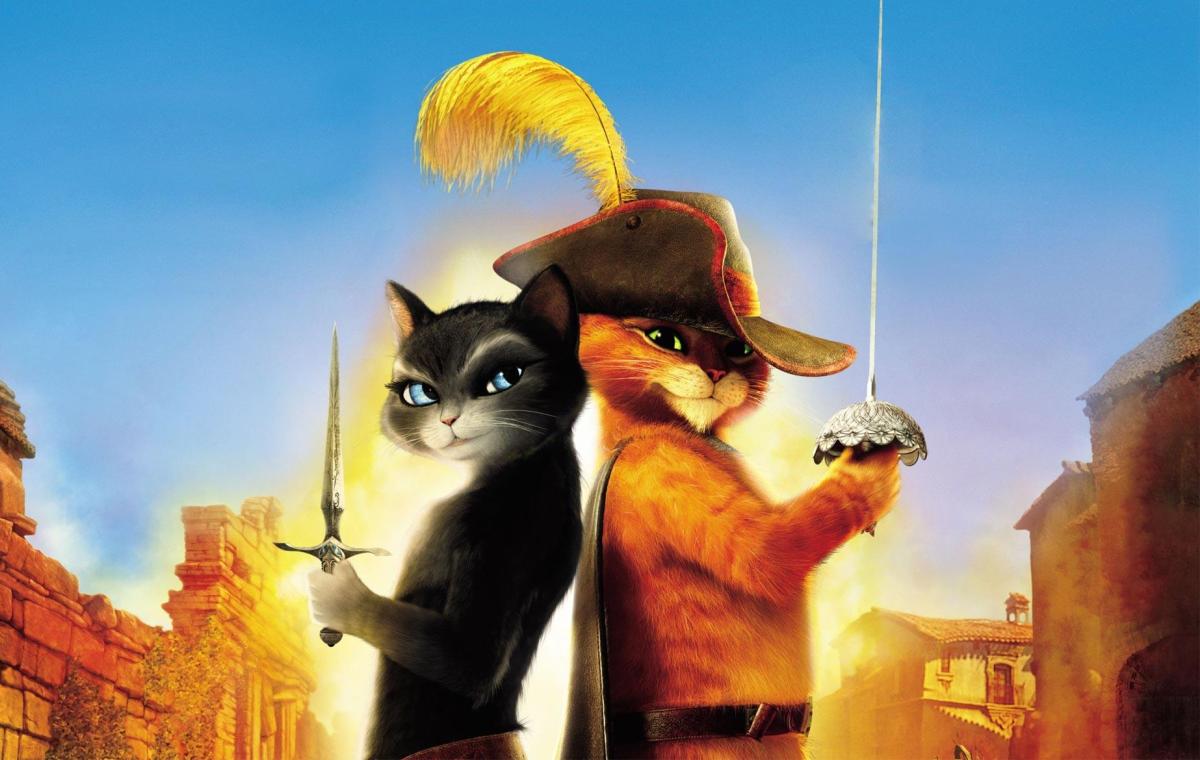image dimensions : 860 x 1000
Samurai Jack (Picture 1)
One. Cartoon, images, widescreen, wallpaper, gallery, Cartoon Network, Genndy Tartakovsky, animated, movie, funny, picture, photo.
Samurai Jack is an American animated television series created by animator Genndy Tartakovsky that aired on both Cartoon Network and Toonami from 2001 to 2004. It is noted for its highly detailed, outline-free, masking-based animation, as well as for its cinematic style and pacing. It was the first Cartoon Network original series aside from those who comprised the Cartoon Cartoons lineup at the time. It is shown on its sister network Boomerang. The plots of individual episodes range from dark and epic to light-hearted and comic, but typically follow "Jack", a time-displaced samurai warrior, in his singular quest to find a method of traveling back in time. Many of the battle scenes in the series are reminiscent of samurai films, and since Jack's robotic enemies "bleed" oil or electricity and monsters and aliens bleed slime or goo, the series is able to exhibit the action of these films while avoiding censorship for violence. Samurai Jack is no longer available to be viewed by American residents via the Toonami Jetstream website. Production on the show was halted in 2004, but it was never officially ended. In return, Tartakovsky has announced plans to direct a theatrical film, but whether or not it will resolve the series has yet to be announced. The feature film was reported to be in pre-production as of 2009. Samurai Jack was created by Genndy Tartakovsky for the Cartoon Network. As a follow-up to his successful series Dexter's Laboratory, Tartakovsky intended to create a series "that is cinematic in scope and that incorporates action, humor and intricate artistry". Samurai Jack began airing on August 10, 2001 and ran for four seasons. Cartoon Network ordered fifty-two episodes of Samurai Jack, which were aired as four seasons as a prime time member of the Cartoon Cartoon block of programming. Despite its Emmy nominations and wins the show was taken off the air before the fourth season could complete its initial run.[citation needed] The unaired episodes were later shown as a Toonami special, on Toonami Jetstream (on Cartoon Network.com), and in re-runs. While airing, the series spawned a comic book and several video game tie-ins. The show made a reappearance on Cartoon Network's adult swim, based on results from a successful user poll, noted in bumps during programming on February 22, 2008. The first episode of the series was broadcast during the network's Toonami block on March 29, 2008, and continued airing the episodes in order each week until the programming block went completely off the air on September 20, 2008.[citation needed] Samurai Jack began airing in August 2009 on Boomerang at 11:00 P.M (in place of Justice League Unlimited) until June 2011 but returned in September of that same year. There had been plans for a Samurai Jack feature film in 2002 with New Line Cinema, but this project was cancelled after the lackluster performance of The Powerpuff Girls Movie.[3] In an interview, Tartakovsky confirmed that "Jack will come back" and that "we will finish the story, and there will be an animated film." In 2007, the then newly formed production company Frederator Films announced in Variety that one of their first projects will be a feature film adaptation of Samurai Jack, written and directed by Genndy Tartakovsky. As of September 2009, the film was said to be in the writing stage of pre-production, co-produced by J. J. Abrams Bad Robot Productions alongside Fred Seibert of Frederator Films and distributed by Paramount Pictures. Long ago in a distant land, I, Aku, the shape-shifting Master of Darkness, unleashed an unspeakable evil! But a foolish Samurai warrior wielding a magic sword stepped forth to oppose me. Before the final blow was struck, I tore open a portal in time and flung him into the future, where my evil is law! Now the fool seeks to return to the past, and undo the future that is Aku! This quotation begins each episode of Samurai Jack, which tells the story of a young prince (Jack) from Feudal Japan whose father's empire was destroyed by the demon Aku. As a child, the prince escapes destruction and travels the world training his mind and his body for years until he reaches adulthood, becoming a legendary samurai. After taking his father's magic katana, he challenges Aku to a duel and defeats the demon. However, before the prince can deal the killing blow, Aku creates a time portal and sends his opponent into the distant future, anticipating that he would be able to amass sufficient power to deal with the Samurai later. The protagonist arrives in a dystopian, futuristic Earth ruled by Aku and filled with his robot minions and a large number of alien immigrant races of various appearances. The first people he encounters in the future call him "Jack" as a form of slang, which he adopts as his name (his true given name is never mentioned in the series). Standard episodes follow Jack's search for a way to travel back to his own time, where he hopes to stop Aku before these events come to pass. The cartoon depicts Jack's quest to find a time portal, while constantly facing obstacles set by Aku in a classic battle of Good versus Evil. Typically each time Jack believes he has reached the end of his quest, something causes him to dramatically miss his chance.[citation needed] In one attempt Jack locates a stable portal to the past, but the guardian of the portal defeats him after a long but noticeably mismatched battle. The guardian is about to crush him when the portal starts to flicker and glow, apparently giving the guardian a message; the guardian has a giant pterodactyl take the unconscious Jack away. After Jack leaves, the guardian states that it is not yet time for him to return to the past, and an image of what is implied to be an older Jack is then seen in the portal; indicating that Jack is predestined to succeed, but it will take many years for him to do so.
Labels: Samurai Jack





















